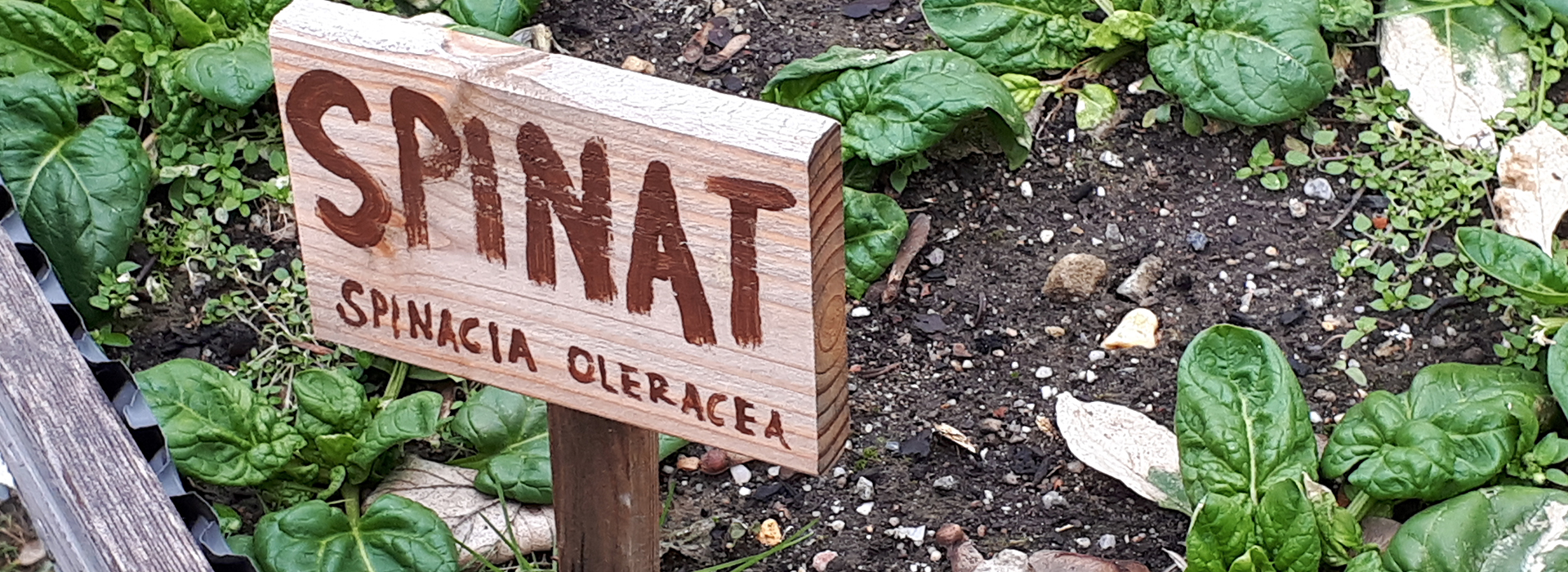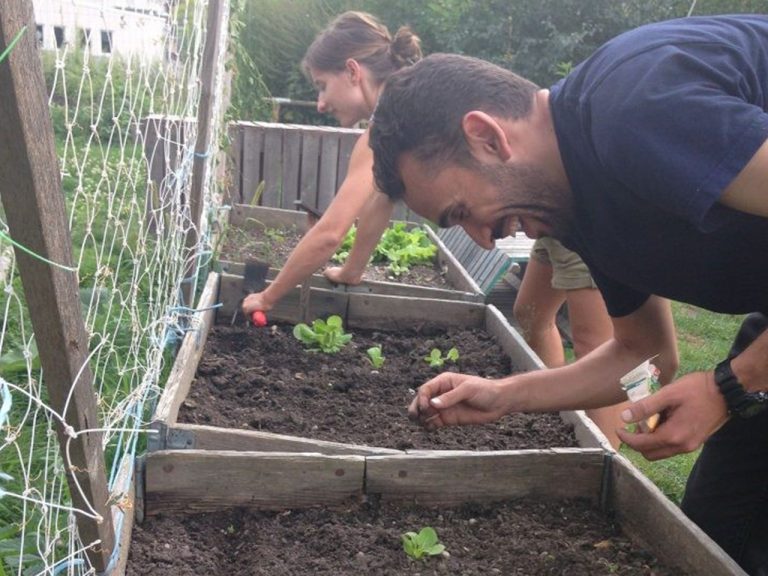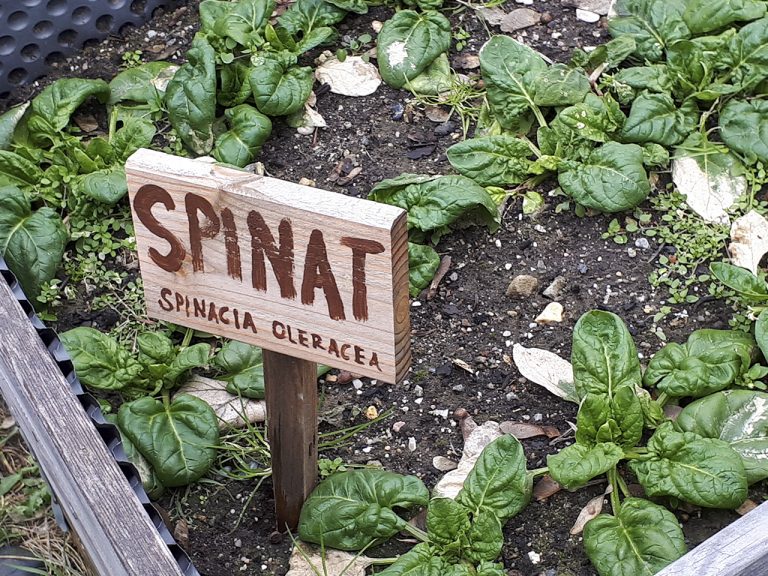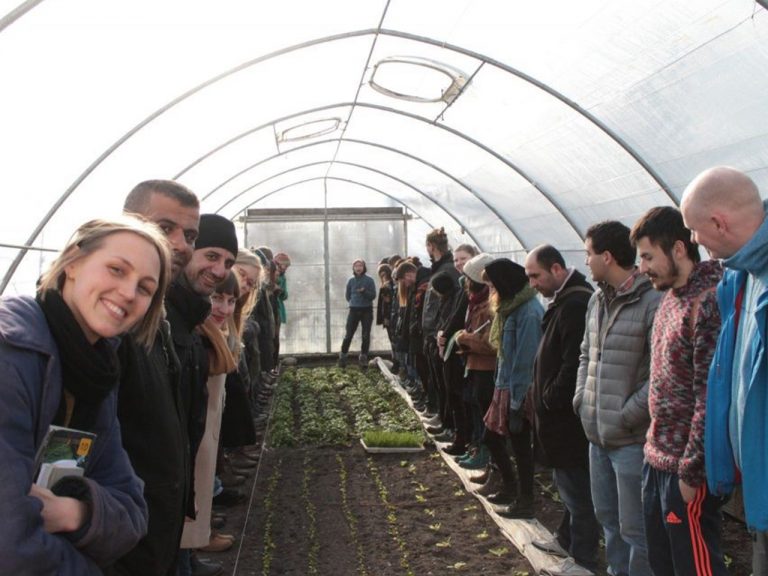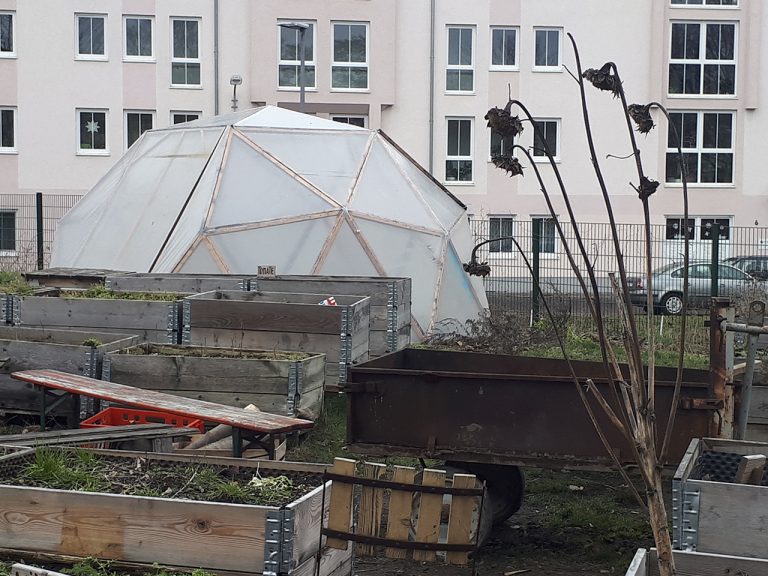Making and maintaining commonly used raised beds increases the sense for team work and responsibility.
Description of the activity
The preparation, for the planting of raised beds is an activity that facilitates community, language skills and builds up or extends horticultural knowledge. As there are only common beds in the garden, the involvement of the group members in this activity is of particular importance. The beds are prepared, maintained and harvested in community. Each year, new varieties are planted and tested. The herb and vegetable varieties come from all over the world. Each bed gets a self-made wooden sign, indicating the German name of the plants. This benefits the intercultural group as language and horticultural learning is combined.

 English
English  Deutsch
Deutsch  Español
Español  Svenska
Svenska 